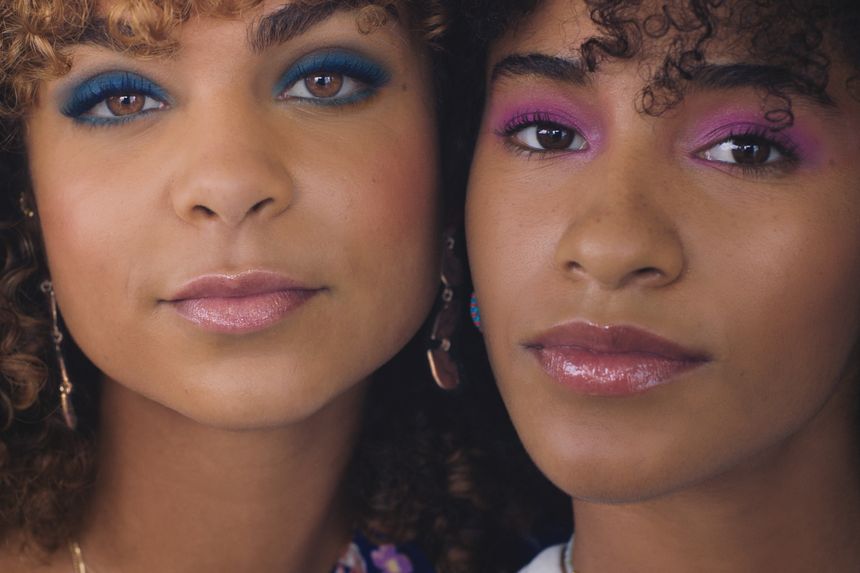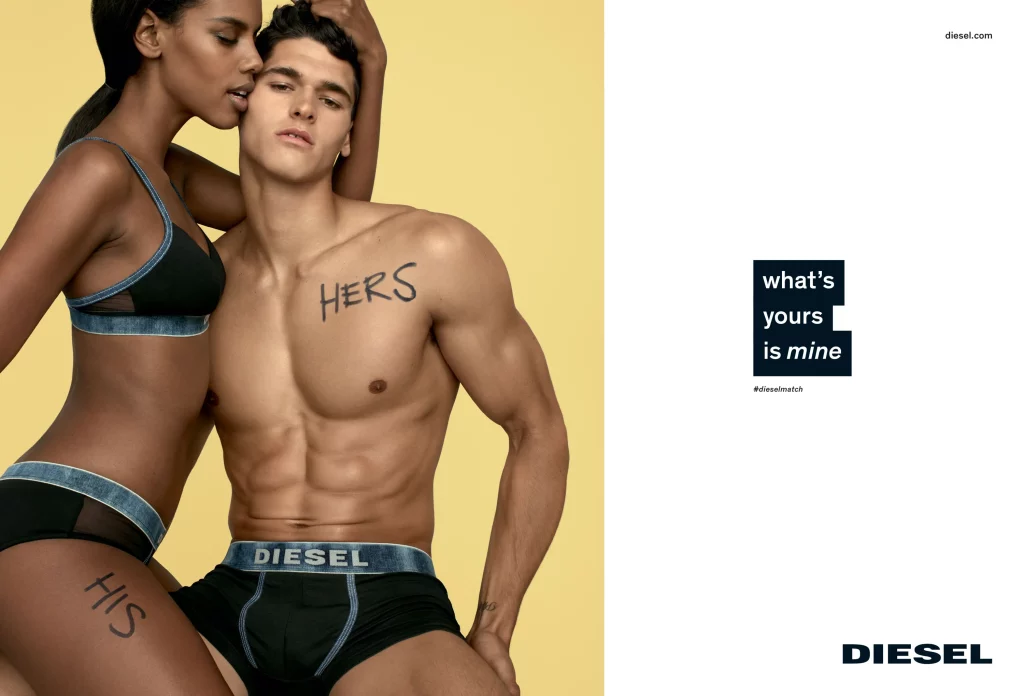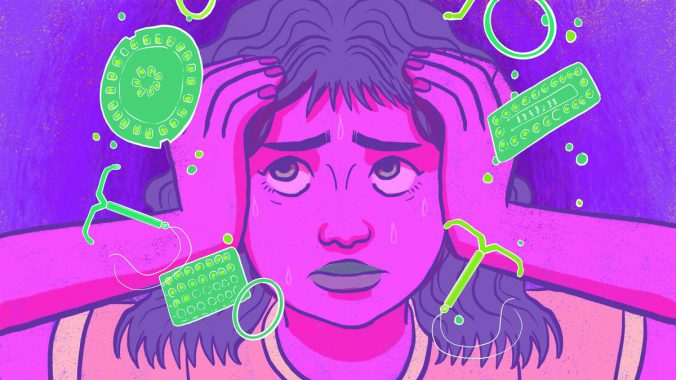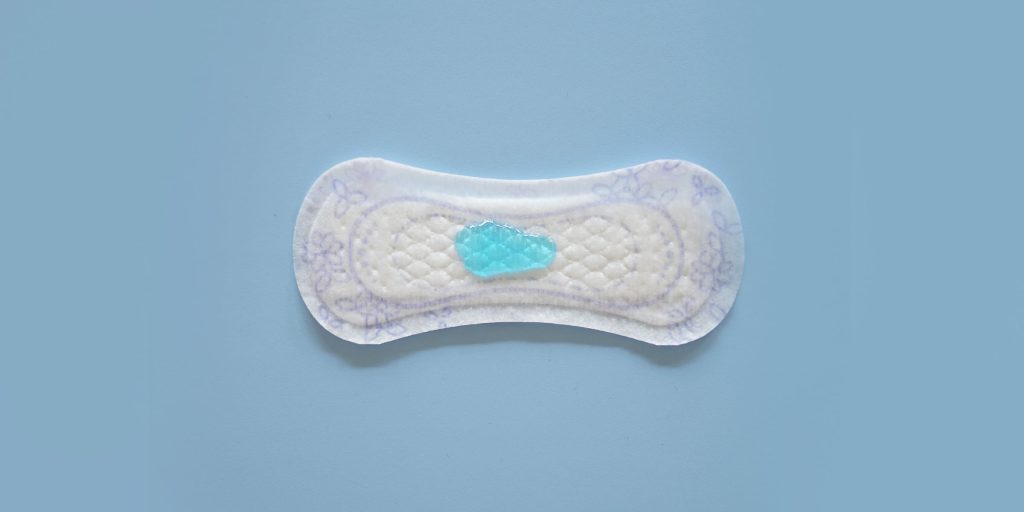Why should advertisements strive for more healthy representation?
Media representation plays a crucial role in shaping the minds and building a formative understanding of important issues. Largely media scripts fail to send the message they so direly wish to. There are a plethora of examples and often this is adversely damaging. When they are interconnected with delicate issues such as sex, sexuality and contraception, the effects are far and wide. The innocent Tv channel ads turning into a sensual Sunny Leone popping up with her sexy lingerie in a Kamasutra ad while her half-naked body flirts with her, directly shift the onus from condom advertisement to pleasure-centric short film putting the woman at the forefront of the male gaze.

Ads & Sexuality
Media representation of sex and sexuality has been warped and flawed for ages, with heterosexual and patriarchal leanings being predominant and omnipotent throughout. The media help shape norms both directly, through individual models, and indirectly, through their impact on the values that parents, peers, and teachers adopt and transmit (Brown et al. 2005).
The first of these stereotypes highlights beauty, thinness, physical appearance, and sexual appeal as being central to girls’ and women’s values. Multiple analyses of television programs show that girls focus more on their appearance (Baker & Raney 2007, Hentges & Case 2013), are more often judged for their appearance (Rousseau et al. 2018), and are more likely to be sexualized (McDade-Montez et al. 2017) than are boys.
While we take a route around the re-confirming of gender stereotypes through consistent overrepresentation and underrepresentation, respectively. We take advertisements into account and their fairly good but failed attempts to make amends and necessary changes, thereby reinforcing already existing gender dynamics.
Let’s not forget the amount of embarrassment we used to face whenever these ads just randomly started playing. Pretended like we knew nothing of sex yet we all stared at the Tv taking it all in.

Ads & Contraception
In most cases, contraceptive advertisements are heavily misinformed for various socio-political reasons. As for one, the biggest flaw still remains as the man being the center of the ad focusing on his pleasure, ensuring that women are inherently devoid of pleasure, while women navigate family planning and household.
While we have little to no information correctly available on contraception for women, the incorrect scripture of advertisements only contains very little dialogue:
1) why must one take it
2) what precautions must one take before consuming it
3) what effects could it leave behind.
Worse, there are absolutely no bifurcations between progesterone pills and estrogen pills. We only know the emergency 72 hours pill, consumed only after having unprotected sexual intercourse. The popularization of the 72 hours pill has overtaken the very fact that it must only be consumed 0n encountering unsafe sex not whenever one feels like popping it in.

Ads & Menstruation
Alas, what else could go wrong with the representation of menstruation on TV? Are women wearing white pants? On the 1st day of their periods? What? They are jumping all over the place, at the peak of their mood? How diverted is it from the lived experiences of several women who barely get to get up and carry on with their daily lives? And of course, the god-awful usage of blue blood instead of red, as we are all collectively turning into lobsters on that day of the month. Sigh.
Conventionally, only sanitary napkins have been at the forefront of representation thereby increasing their market hold for the most preferred hygiene product. There are several new products, which are environmentally much friendlier, easier to use and easily accessible. The issue of accessibility is still persistent amongst lower-class and marginalized women from rural areas in comparison to the upper-class women which easily get access to these products. Yet, menstrual cups, cotton pads and tampons are barely seen on TV which is of course a big source of reaching out to millions of individuals.
There is another very important reason why women or in general the notion of using menstrual cups and tampons are dreaded: The Hymen. The hymen is a thin tissue lining the surface of our vagina. The hymen, conventionally, protects the purity of a woman, on breaking of which they are considered ‘non-virgin’. The common belief is that if a woman inserts menstrual cups or tampons, they’ll lose their semblance or purity.
As this belief is propagated heavily, young women are never introduced to more efficient and easy options for hygiene products available in the market.

Conclusion
Therefore, media representations are fairly a cumulative presentation of the enforced norms, binaries and stereotypes of our environment. As the attractiveness and ‘catchy’ themes of advertisements draw more attention, it’s so essential to divert the minds onto important dialogues and conversations, which is largely absent in our media sphere. The efforts to propel and dismantle new ideas and patriarchy respectively at the same time could take a lot of understanding of the lived experiences, and the socio-economic sphere in the current scenario thereafter creating a holistic picture of what’s really happening.
Author


